- support@plmcadutilities.com
- Mon - Fri: 8.00 am - 16.00 pm
We are creative, ambitious and ready for challenges! Hire Us
We are creative, ambitious and ready for challenges! Hire Us
Over 10 years we help companies reach their financial and branding goals. Engitech is a values-driven technology agency dedicated.
411 University St, Seattle, USA
engitech@oceanthemes.net
+1 -800-456-478-23
Static relates to the time component of the analysis. So it means simply that an analysis that is static takes the assumption that your system doesn’t depend on time.
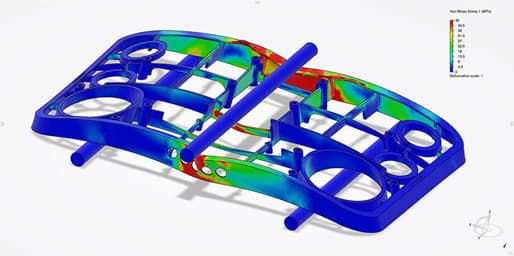
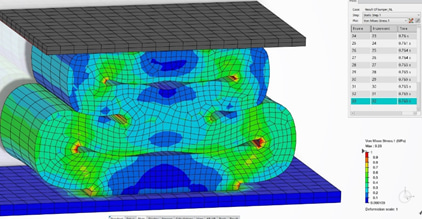
We perform highly non-linear analysis when the structure subjected to non-linear effects as follows,
We perform dynamic analysis to check the structure behavior It is useful to consider vehicle impact speeds to describe the different physics involved and that we wish to simulate.
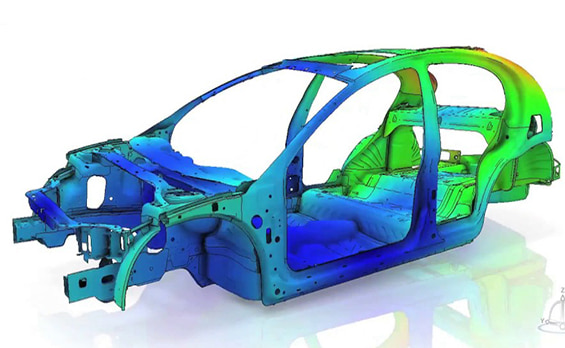
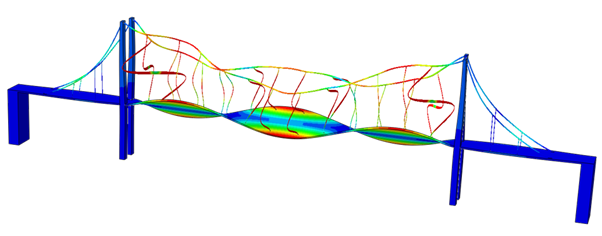
Modal analysis (Frequency) helps to determine the modes of vibrations and the frequencies at which those modes are triggered. Calculating the resonance frequency of the structure to avoid the structure collapse.
A Random Vibration Analysis (RVA) is used to calculate the system’s structural response to a spectrum of random excitations and non-deterministic loads. Examples of non-deterministic loads include loads generated on a wheel traveling over a rough road or random structural vibrations on the airframe of a helicopter. RVA is conducted in the frequency domain and is usually performed over a large range of frequencies
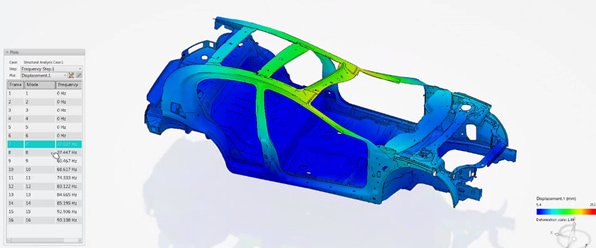
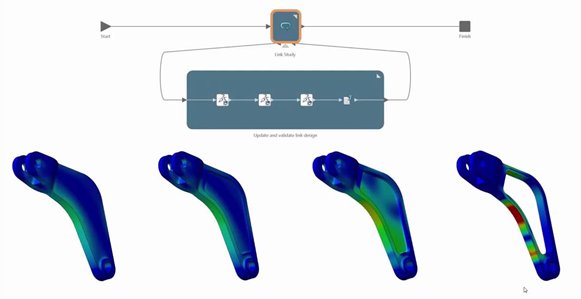
Design optimization is one of the largest advantages of finite element analysis (FEA). Through gaining a strong understanding of the performance of your product with FEA you can reduce material, prevent stress concentrations, remove bottlenecks, and attain desirable performance attributes.
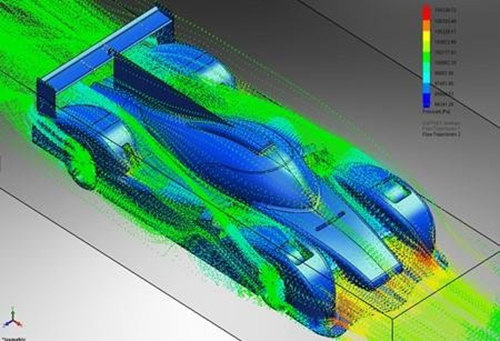
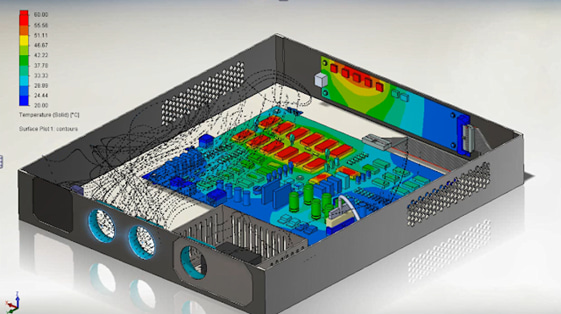
We do simulate the heat introduced to a simulation by a battery or other electronics components, along with the cooling effects of fans. This workflow enables you to investigate the battery’s Joule heating behavior.
Heat transfer can also be computed via the finite element method with the added advantage that the thermally induced deformation and stresses can be easily determined and combined with other types of analyses.

